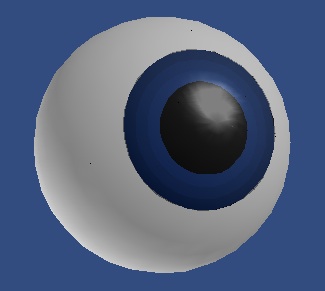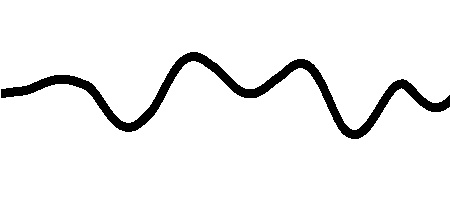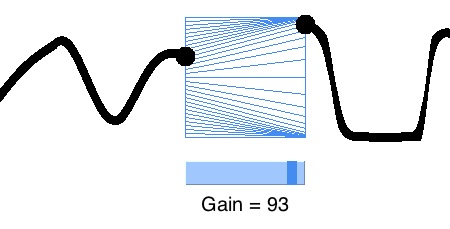There is a powerful tendency at the end of the year to sum up. It is a time filled with rituals, from 10 Best Lists to glib summaries of the year in news, to overly hopeful resolutions for the coming year.
Oh, how tightly we cling to this little floating island of time. Already, we have begun to eulogize these particular 365 consecutive days of our respective lives, knowing that they will never come again. Today’s lived experience is tomorrow’s nostalgia.
If it was a good year, we already know it will live on inside us, in a golden haze of remembrance. If a bad year, we have already begun, in our minds, to formulate the war stories, our own particular tale of The Year I Survived The You-Know-What.
In any case, if December 31 shows us anything, it shows that time, in these odd little human minds of ours, is far from linear. Time, in one’s mind, exists in moments, in particular events and encounters that define the ordinary space around them. We dwell in these singular moments, poised to leap headlong into the next such moment.
I have had many such moments in this past year, both good and bad. Perhaps too many — certainly enough to fill five ordinary years. Not that I am complaining. Yet I’m ready, starting tomorrow morning, to clear the slate, to sweep the dishes off the table and begin again.






